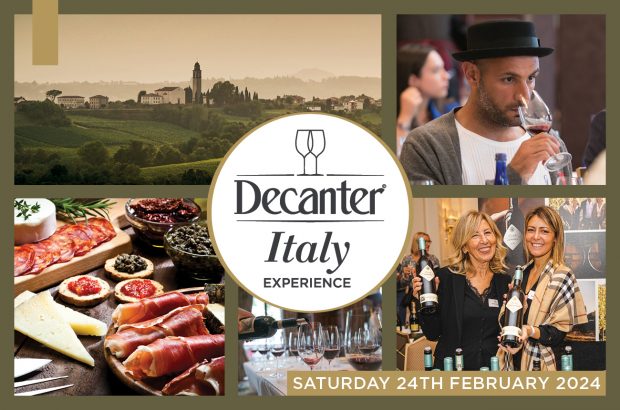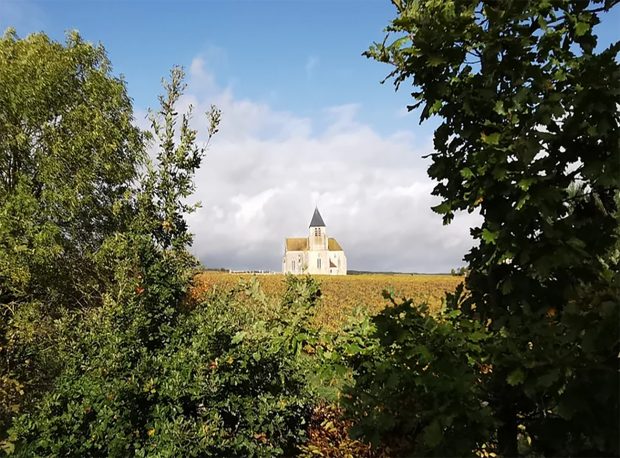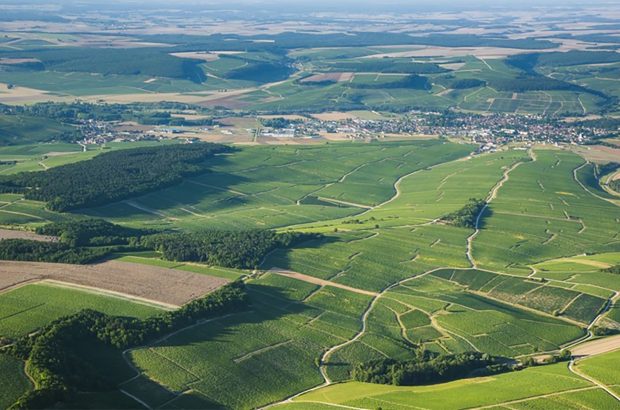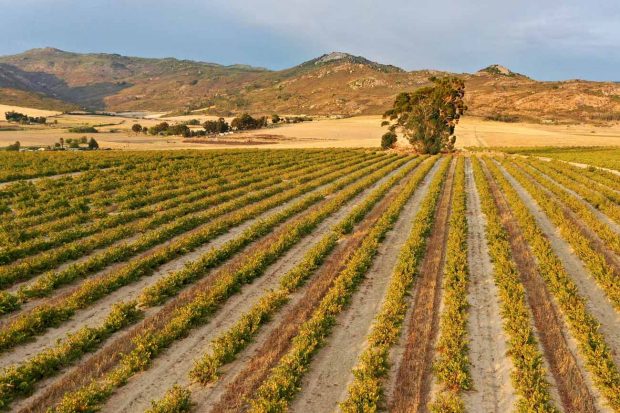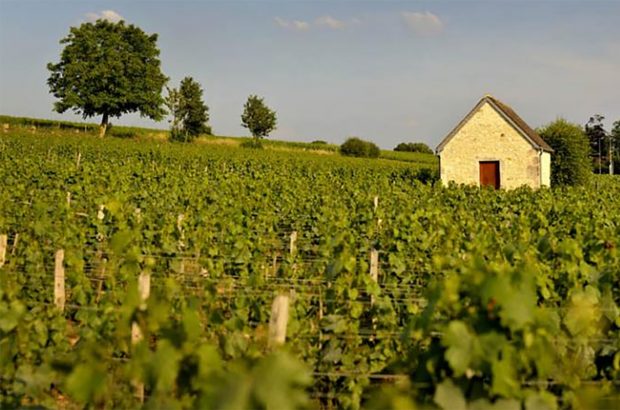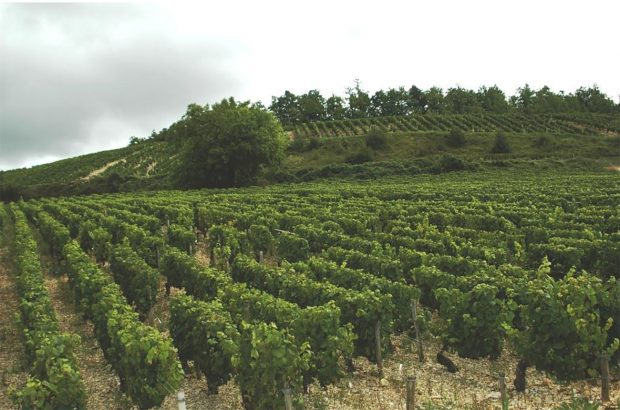As the world of wine seeks to connect to new generations and demographics, the story of California-based geologist Brenna Quigley’s entry into wine may serve as a case study. ‘I have memories of going wine tasting around Santa Barbara with a bunch of geology graduate students, as I was finishing my master’s degree,’ Quigley shares. ‘We’d all be sitting around tasting wine and, in our own sort of bubble, we’d say, “There has to be something to the geology.” We’d never heard the term terroir before. We honestly had no idea anyone else cared about it.’
Since then, Quigley has come to be known for both exploring and explaining the concept of terroir, working with Californian wineries such as Quintessa in Napa Valley and Carlo Mondavi’s Raen label in Sonoma, but also further afield – including in Burgundy, where she has visited to provide geological mapping.
‘As one of the world’s foremost wine geologists’, says Carlo Mondavi, ‘Brenna has helped us tell the story of our wines in a new, very fundamental way; not just in the vineyard but by connecting the minerality in wine’s flavour profile to the story and geological history of our site – something she’s uniquely able to help us do.’
From the ground up
A series of serendipitous events saw Quigley, who comes from a family of geologists, working in the tasting room at Kunin Wines in Santa Barbara upon graduation. It was on the application for the position that she first encountered the word ‘terroir’. She quickly realised there was a segment of people who were very excited to discuss geology for an entirely different set of reasons.
Quigley’s academic research had focused on geological mapping and structural geology (how and why rocks deform). She had worked extensively in the mining industry. Through fieldwork, she had developed her skills in geological mapping and interpretation, soil sampling and geophysical surveying. Now, she was having conversations with wine drinkers about things like transverse mountain ranges or the San Andreas Fault – and all of it through a context of wine.
Wine serves as a lens through which Quigley can introduce people to the broader world around them; under them in most cases. Her podcast series Roadside Terroir is based on a series of geology books called Roadside Geology – a pandemic project that allowed her and her collaborators to be productive and safe during lockdown. Much like the books, it guides people using highway exits and roadside markers.
Roadside Terroir allows wine lovers to go on road trips of their own and see the geology themselves with Quigley’s technical narration of what they’re seeing. Along for the ride, winemakers such as Rajat Parr in the Sta Rita Hills explain the winemaking and vineyard history. The first two series have covered Santa Barbara County and Burgundy.
Quigley has given thought to how concepts as complicated as terroir might attract a younger demographic to wine: ‘I think we can shift the way we think about terroir a little, to make the case that wines which are more affordable and approachable can also be very interesting and deserving of some respect. I’m not necessarily talking about comparing these wines to those from grand cru vineyards.’
Continuing, she adds: ‘Perhaps we could reimagine what it means to be considered a “wine of place”. You may have in your glass a simpler wine that’s perfectly enjoyable, or “drinkable”, but it doesn’t mean there are not sophisticated things happening in the ground and in the weather patterns that make such a wine what it is.’

Future prospect
Allowing more people into the interesting conversations about wine is a core motivation for Quigley and reflective of what brought her into the industry. Indeed, Quigley has a foot in two very important elements of the wine industry. Consumer education is clearly central to what drives her, and as a geologist, she’s also helping some of the industry’s most forward-thinking brands understand more about the land their grapes are planted on. ‘The specificity of Brenna’s expertise allows us to describe the history and context of how our property has been formed,’ says Rodrigo Soto, estate director at Quintessa. ‘There is great value for us in working with her because we gain knowledge that informs decisions in vineyard redevelopment and winemaking. As she works with more vineyards around the world, she is finding ways to connect tannin structure and flavour profile to a property’s geology.
‘This means we can integrate newly gained knowledge of our property’s long-standing history with our own experience and findings in the vineyard today.’
‘I think the most exciting big-picture thing for me,’ Quigley surmises, ‘is working with people like Quintessa and Flowers, in particular – wineries who are interested in using the concept of terroir to think about farming responsibly for the future. That makes me feel very good about the work we’re doing together.’
Terroir & wine
Decanter Rising Star 2023 Brenna Quigley’s selection of some of the wine world’s most dynamic terroir wines
Maison Chanterêves, Les Monts de Fussey, Bourgogne Hautes Côtes de Beaune

‘There is a big piece of my heart in Burgundy, so it is always the first region that comes to mind. I worked harvest with Tomoko Kuriyama and Guillaume Bott last year, which was one of the most memorable and meaningful experiences of my life. For me, Burgundy is the epitome of amazing terroirs, history and innovation, and this wine represents it all to me.’
Envínate, Benje Blanco, Tenerife

‘The geologist in me still feels giddy at the idea of volcano wines, and the vineyards that Envínate farms on the Canary Islands are some of the most impressive sights I’ve ever seen. The Listán Blanco vines for Benje Blanco are grown on materials that erupted from the Benje volcano, a smaller volcano to the west of the massive Mount Teide, which is the active volcano of the island of Tenerife – the rocks in these vineyards look to me like they erupted yesterday.’
Flowers, Cielo Pinot Noir, Sea View Ridge, Sonoma, California

‘The West Sonoma Coast contains some unique and bizarre geology. Most of it, including Sea View Ridge, forms on the Franciscan Formation – a complicated mess of igneous, sedimentary and metamorphic rocks only found in California. These rocks puzzled geologists for decades, and I am always so impressed by anyone farming vines at a high level in these areas. I’ve been working with Flowers for nearly three years now, and they are just beginning to release some of their single-block wines. Cielo represents the highest points of Sea View Ridge on mysterious soils of silty, red, metamorphosed basalt. It is an extreme, ethereal and one-of-a-kind place, and the wine tells this story beautifully.’





